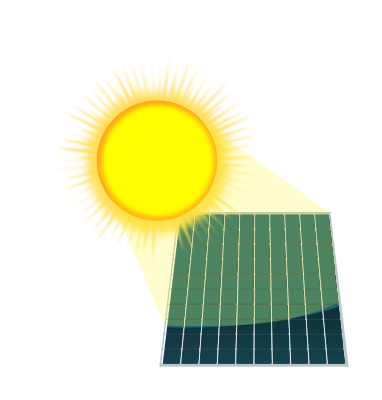One of the biggest myths about renewable energy is that it isn’t reliable. Sure, the sun sets every night and winds calm down, putting solar panels and turbines to sleep. But when those renewables are humming, they’re providing the grid with electricity and charging banks of batteries, which then supply power at night.
A new study in the journal Renewable Energy that looked at California’s deployment of renewable power highlights just how reliable the future of energy might be. It found that last year, from late winter to early summer, renewables fulfilled 100 percent of the state’s electricity demand for up to 10 hours on 98 of 116 days, a record for California. Not only were there no blackouts during that time, thanks in part to backup battery power, but at their peak the renewables provided up to 162 percent of the grid’s needs — adding extra electricity California could export to neighboring states or use to fill batteries.


California didn’t really debunk anything here. It’s a coastal state with plenty of wind and a predominantly warm, sunny, rain free climate. Of course renewables like wind and solar do well. The reliability concerns are usually more prevalent in areas that have much higher precipitation, and especially in climates that get snow.
From the scientific journal directly sited in the article :
Ok, but none of that mentions how they plan to account for panels buried under a foot of snow for half the year. That’s the source of the concern, not simply smoothing out daily peaks and valleys.
Exactly! Like how hydro-power is a dead end and we shouldn’t invest in it.
It’s like, “guys, you know there’s who cities that aren’t by a river, right?”
The snow problem isn’t really that much of a problem if you build for that in mind.
All the panels need is a small heat strip running through some part of it, maybe even behind the panel, added as aftermarket options, to melt it as it falls, and some sort of sensor to only kick heat on when it’s needed. They have things like that for led traffic lights already, so it would really just be repurposing something that already exists.
Sure that uses some electricity, reducing the overall efficiency, but 90+% of the year it’s not actively snowing hard enough to need to kick the heat on, so that’s a minimal loss.
Could even make it a manual thing or periodic and dependent on the panel having reduced power generation during the day. Heat up the snow while the panel is angled and it will eventually fall off without needing to melt all of it. Then, the rest of the time you can just let it get cold.
I wish my car’s wheel wells had that to periodically drop the slush/snow that builds up behind the wheels. Just needs to run for a little bit until the chunk falls off.
The article is focusing on California as an example so that doesn’t seem entirely necessary but you could look to Norway to discover how they deal with this:
Vertical Panels are one solution as are Snow Repellent Panels and heated solar panels